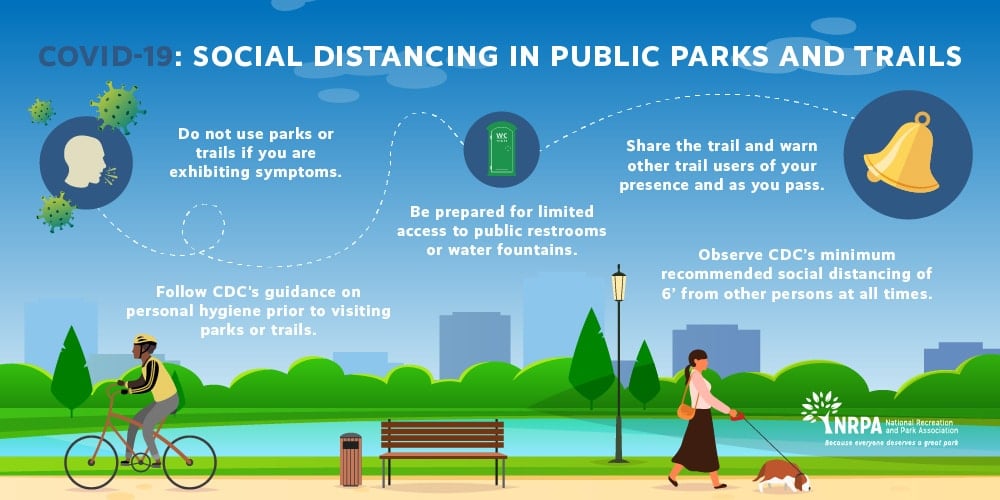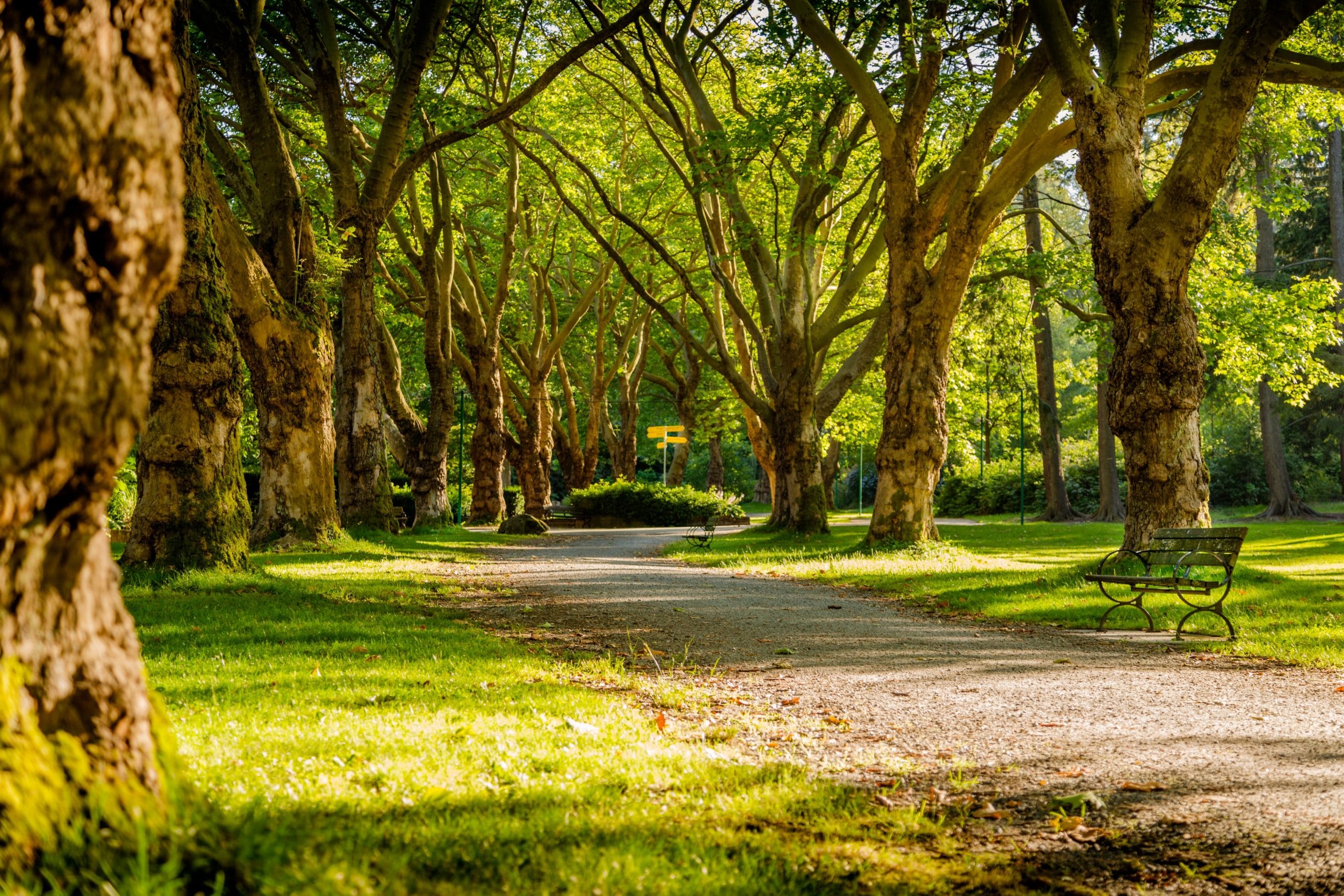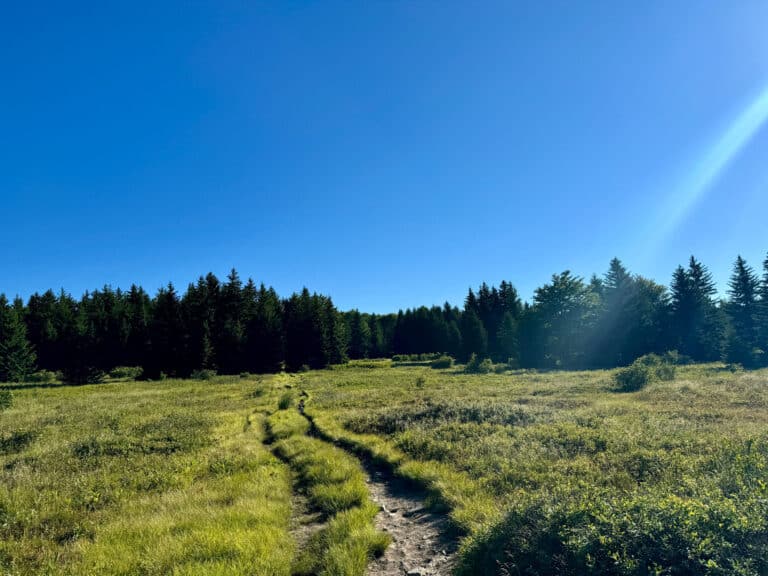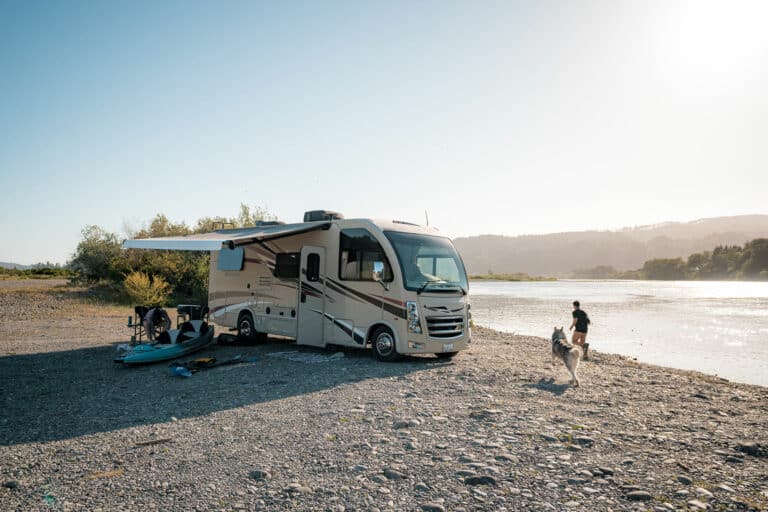Copyright National Recreation and Park Association. Original article posted to Open Space blog on March 16, 2020.
Please note: While the issue of closing parks and facilities related to COVID-19 is rapidly evolving, NRPA recommends park and recreation professionals adhere to all guidelines and recommendations from the Centers for Disease Control and Prevention (CDC) and your local public health officials for the most up-to-date information.
The growing impacts of the COVID-19 pandemic hit many parts of the United States with full force the weekend of March 13-15, 2020. Following on the heels of canceling large special events, conferences, and sporting events, governors in several states declared states of emergency and many local school districts across the country closed their doors. Mayors took unilateral action to close public spaces and even ordered the closing of businesses, including bars, restaurants and other places of leisure. The Centers for Disease Control and Prevention (CDC) issued updated guidance that calls for businesses, organizations and governments to hold no events or activities with more than 50 persons present for the next eight weeks.
People across the country are waking up to a new reality that they must restrict their activities. Parents now have the added stress of caring for children while working remotely, or they are faced with the intolerable situation of needing to work with no childcare options. People are coming to grips with the reality that they soon may need to act as a caregiver for someone who contracts the virus. Local and national leaders are using their collective voices to stress the seriousness of this situation, encouraging all people to think of their family members, neighbors and community during this time.
One thing is certain: As our daily lives change, people will want to be outdoors and will use open outdoor areas of parks and trails to keep healthy — physically and mentally — and to provide activities for kids who suddenly have no school and unlimited time without being able to hang with friends.
CDC and the World Health Organization (WHO) have been emphasizing that to control the COVID-19 epidemic, we must “flatten the curve” — that is, reduce the amount of transmission of the virus. One proven way to accomplish this is by social distancing — keeping six feet or more from other individuals and taking precautions to wash hands, refrain from being in enclosed spaces with other people, disinfect surfaces, and other precautions to prevent the spread of the virus.
Early observations from this past weekend showed that there was a surge of public use of trails and open outdoor areas of parks. While many park and recreation agencies have closed facilities and canceled programs, they have not closed parks and trails. However, many agencies are now closing playgrounds because there is no present guidance from CDC on how best to manage these spaces, including recommended cleaning and disinfection for outdoor equipment to prevent transmission of the coronavirus, or recommendations for limiting outdoor play with others. When making a decision about closures of playgrounds and outdoor facilities, agencies should coordinate with local public health officials. If agencies do allow public playgrounds to remain open, they should follow the CDC’s guidance on the cleaning of facilities and surfaces.
Also, the CDC’s guidance for schools and childcare programs offers relevant information that can be adapted for park and recreation facilities and programs.
As reported on Axios on March 16, “Steve Silvestro, a pediatrician in Bethesda, Md., advises against most playdates, especially indoors or on playgrounds. Outdoor playdates with one or two friends are probably OK for now, but not in crowded places. ‘We need to spend time with our own germs and only our own germs,’ Silvestro wrote in a blog post that’s been making the rounds among D.C.-area parents. ‘If you’re still set on getting together, here’s my suggestion: Pick your best friend family,’ he wrote. ‘If you can trust them and they can trust you, agree that your families will only hang out with each other. This way you’re at least minimizing possible exposure.’”
Regardless of what advice the public follows on family interactions, park and recreation agencies should be prepared for increased public use of trails and undeveloped areas of parks.
Dog walking presents challenges of its own. In order to maintain safe social distancing, NRPA recommends that all dogs remain on a leash at all times in parks. Dog owners should be especially careful to maintain a distance of the recommended six feet from other dogs and persons.
If areas of parks and trails are allowed to remain open and public use is not restricted by other governmental direction, NRPA offers guidance on several issues that may arise as a result of continuing public use of parks and trails:
Staff guidance and Personal Protection Equipment (PPE)
Staff will be on the frontlines of dealing with the public and ensuring that facilities are disinfected and safe for public use. Therefore, training all staff on the use of PPE is vital, especially for those maintenance staff who are assigned cleaning and custodial duties. It is the agency’s responsibility to provide staff with necessary PPE, including hand sanitizers, disinfectant wipes and spray, gloves, safety glasses and other equipment deemed necessary.
Public information and education
Effective public communications about social distancing and other guidance or regulations are critical agency responsibilities. This applies to agency communications to the public and staff. For public communications, signage in common public use areas is suggested. Also, if play equipment is closed for public use, effective signage should be in place and inspected regularly to ensure effective communication. It should also be noted that all members of the public may not be able to read signs, so redundant forms of communicating intent should be in place. Reinforcing all messaging online, through social media and on websites is also recommended.
Recommendations for trail users on observing social distancing minimums
There are a number of specific recommendations for advising the public to keep safe social distancing when in parks or on trails
- Follow CDC’s guidance on personal hygiene prior to heading to trails — wash hands, carry hand sanitizer, do not use trails if you have symptoms, cover your mouth and nose when coughing or sneezing, etc.
- Observe at all times CDC’s minimum recommended social distancing of six feet from other people. Practice it and know what it looks like. Keep it as you walk, bike or hike.
- Warn other trail users of your presence and as you pass to allow proper distance and step off trails to allow others to pass, keeping minimum recommended distances at all times. Signal your presence with your voice, bell or horn.
- Note that trail and park users may find public restrooms closed — be prepared before you leave and time outings so that you are not dependent on public restrooms.
- Bring water or drinks — public drinking fountains may be disabled and should not be used, even if operable.
- Bring a suitable trash bag. Leave no trash, take everything out to protect park workers
There is no question that this is a fluid and evolving situation. The experiences of other countries have shown that more stringent measures may be employed by the government to restrict the use of public spaces and private facilities. This guidance is current today, but park and recreation professionals and agency directors should monitor CDC guidance and local, state and federal updates daily.
For more information about NRPA’s response to COVID-19, as well as available resources for park and recreation professionals, please see our Coronavirus Disease 2019 (COVID-19) webpage.
Richard J. Dolesh is an editor-at-large for NRPA and Allison Colman is NRPA’s Director of Health.









